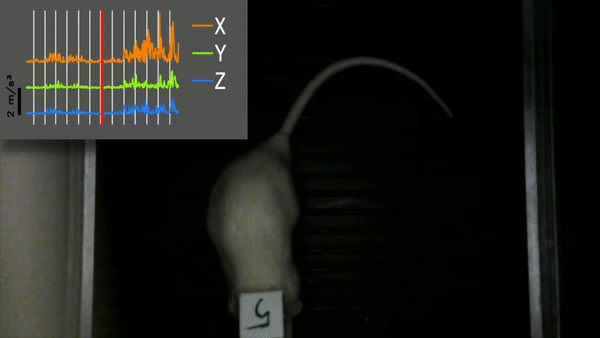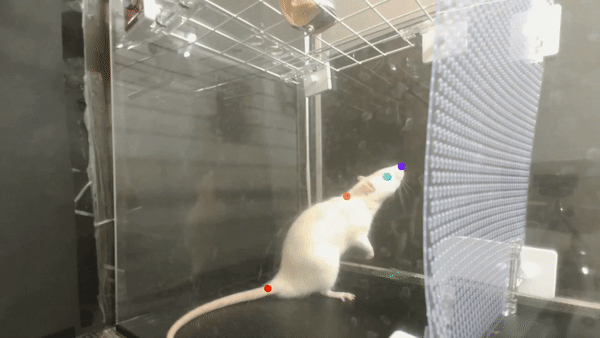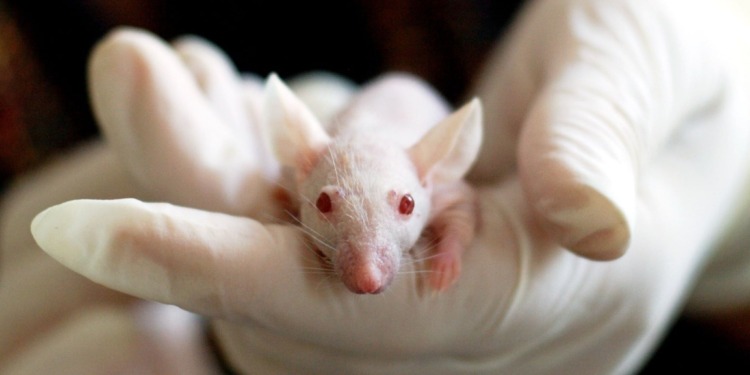“Rats displayed innate – that is, without any training or prior exposure to music – beat synchronisation,” said Dr Hirokazu Takahashi, University of Tokyo researcher and one of the study’s authors.
Born this way: rats move to beat of Lady Gaga, study says.
Nodding along to catchy music is not just a human habit, according to Japanese scientists who have discovered that rats also move to the beat of songs by stars like Lady Gagahttps://t.co/Z6QKj97y2L pic.twitter.com/ZQyVl3xixD
— AFP News Agency (@AFP) November 15, 2022
Experts claim the revelation that rats can move in sync with the music, an ability previously assumed to be exclusive to humans, sheds light on both the animal mind and the origins of music and dance.
The ten rats used in the study, conducted by University of Tokyo scientists and published in the journal Science Advances, were equipped with wireless, tiny accelerometers to track even the smallest head movements (unlike previous studies that relied on video footage that couldn’t detect the tiny movements discovered in this study).

One-minute segments of Mozart’s Sonata for Two Pianos in D Major were performed for them at four different tempos: 75%, 100%, 200%, and 400% of the original pace. Additionally, twenty human participants took part.
Rats were also played Lady Gaga’s Born This Way, Queen’s Another One Bites the Dust, Michael Jackson’s Beat It, and Maroon 5’s Sugar, and were found to move to those simple and catchy, pop beats as well.
The researchers reasoned that rats may favour quicker music because of how quickly their heartbeats. The temporal constant of the brain, however, varies remarkably little between species.
Related Articles: Ig Nobel Prize: Science That Makes You Laugh and Then Makes You Think | How “Noble” Is the Nobel Prize?
The study also discovered that rats and humans jerked their heads in a similar rhythm to the beat and that the intensity of head jerking reduced when the music was sped up.
The results indicated that both the rat and human participants exhibited optimal beat synchrony when the music was in the 120-140 beats per minute (bpm) range – similar to the original 132bpm of the Mozart piece – implying that humans and rats share a “sweet spot” for nailing the beat.

“To the best of our knowledge, this is the first report on innate beat synchronisation in animals that was not achieved through training or musical exposure,” said Takahashi. “Our results suggest that the optimal tempo for beat synchronisation depends on the time constant in the brain.”
The team’s next research will look at how other musical qualities, such as melody and harmony, connect to the brain.
“I believe that this question is the key to understanding how the brain works and developing the next-generation AI (artificial intelligence). Also, as an engineer, I am interested in the use of music for a happy life.”
This suggests that more animals than previously believed may share the human ability to connect with and move to music through auditory and motor systems.
As Takahashi reminds us, it is the mechanics of the brain that “gives rise to human cultural disciplines like fine art, music, science, technology, and religion.”
Editor’s Note: The opinions expressed here by the authors are their own, not those of Impakter.com — In the Featured Photo: A rat is held by a person with medical gloves on. Featured Photo Credit: Pixabay/Pexels.








